Lexington’s own teen idol Bruce Marvello had a don’t-blink-or-you’ll-miss-it musical career and slipped under the radar of most local music fans. I’ve always dug his Nikko 45 and I am happy to finally salute him properly. Enjoy. [2021 Shawn Chambers / Lexingtunes]
I mean Bruce was a dancer. These boys would come in from out of town to challenge him you know, but they might as well take a seat. The judges would award these little Coke bottles spray painted gold. Bruce had a carton of ‘em! — Scottie McIntosh
Tom Birch needed a product. The Lexington summer of 1959 was passing far too quickly and Birch was itching to tackle something new. His “Teen-Age Sock Hop” television program on WLEX kept him apprised of the happenings in the musical world of the teenager and like many promoters Birch sensed the change in popular music. Rock-N-Roll was at a crossroads. Elvis was in the Army. Jerry Lee was in exile over his marriage to his thirteen-year-old cousin. Buddy was in his grave. Parents and the media were throwing support behind a new breed of would-be usurpers – the Teen Idol.
The 1959 personification of this was Fabian. A handsome, inexperienced kid plucked from a working-class Philadelphia neighborhood, Fabian was made a star seemingly overnight. The All-American Boy was the new model for pop music and Birch wanted to find his own.
Enter George Bruce McIntosh.
Time and space had to align perfectly that hot day in ’59 for Birch to spot Bruce McIntosh at the crowded Fort Boonesborough beach. Maybe Birch recognized sales executive (and father) George F. McIntosh who was also employed by WLEX, or maybe he just laser focused on the handsome teen clowning with friends. What is certain is that in short order an offer was made.
Although he was gifted with his father’s good looks and a keen sense of style (kept fresh thanks to his sales position for Kent Men’s Wear), McIntosh lacked musical experience and any formal training. Certainly, a singing career had not been on his radar. Birch was more than willing to put the cart before the horse, however, because in his mind Bruce was the perfect fit and a near dictionary definition of a 1950s teen.
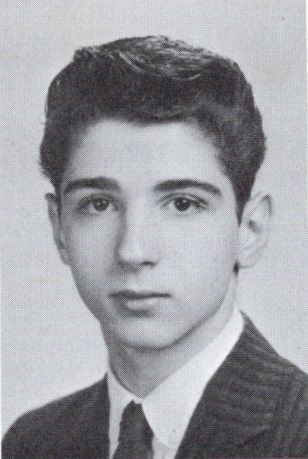
Bruce (born September 29, 1941 in Detroit, Michigan) relocated with the family to Paris, Kentucky, due to his father’s work just after the end of the Second World War. Rural life suited the family and Mr. McIntosh was said to be popular enough in Paris that he “could have run for mayor.” As for young Bruce, he joined the Boy Scouts and did his best to watch over his younger brother and sister. A mid-50s return to Michigan didn’t stick and the family re-located once more to the Bluegrass State settling this time in Lexington. By age sixteen, Bruce enrolled at LaFayette High School and roamed the halls there with a dash of ‘big city’ swagger that belied his slight build and fun-loving nature. Such school days were behind him now with the Class of ’59 months in the rearview. The future was open for the young man.
Hey kid, do you want to make a record?
Mr. McIntosh in particular delighted in the offer to his son. He had almost certainly regaled the kids with tales from his own time in the world of entertainment. George “Sonny” McIntosh had a short acting career spanning the era between silent films and talkies. In the late 20s, he had relocated to Hollywood, California, and appeared in several features and some lesser known two reelers. Although never a star, George shared billings with some of the top actors of the day including Henry B. Walthall (know for his role as the Little Colonel in D.W. Griffith’s The Birth of a Nation). It is likely through Walthall that George met and befriended the controversial director and ultimately accompanied Griffith on at least one trip to Louisville, Kentucky.
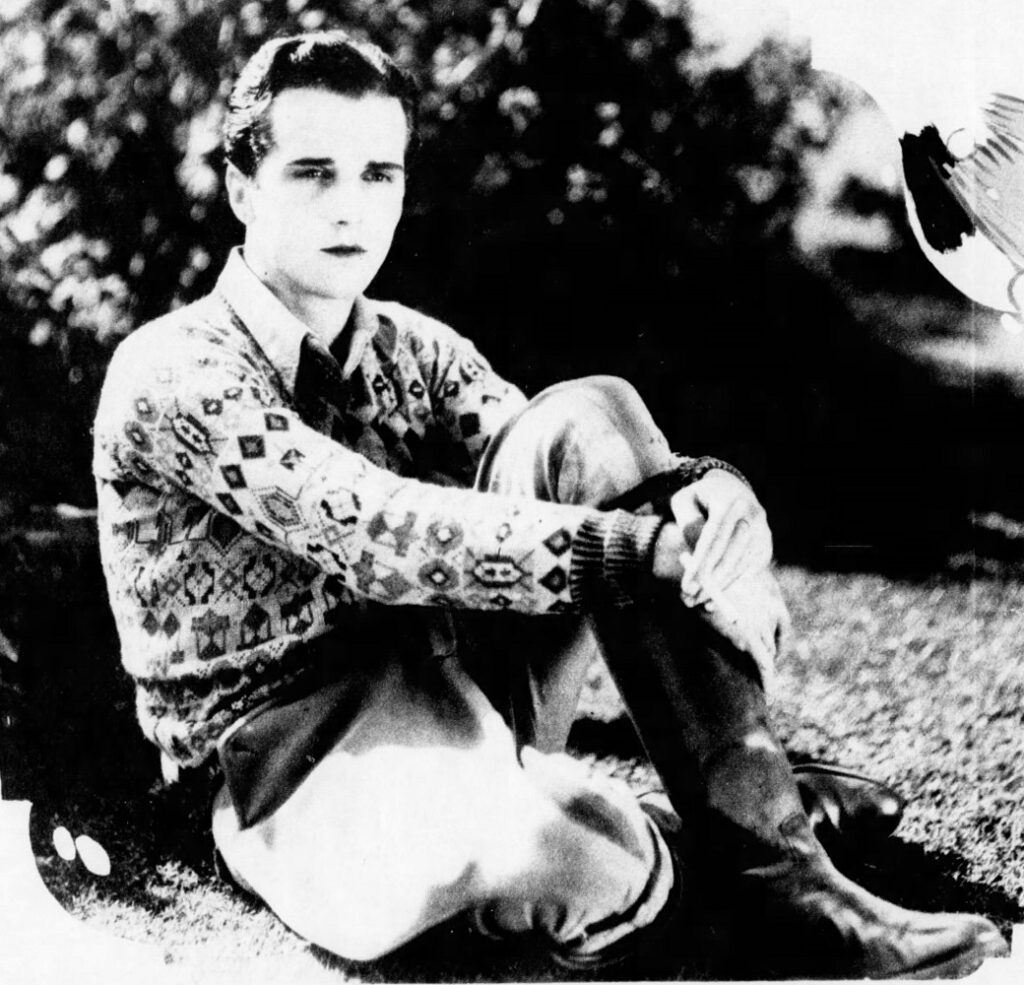
Now it was his son’s turn. Bruce had the right genes (and jeans) and with some practice and the enthusiastic support of friends and family it was a GO!
This musical endeavor was to be the first release for Nikko Records and Birch pushed a bold name change for the singer and, thus, the dynamic Bruce Marvello was born. Birch was far more cautious in his material selection for his young protégé and was clearly keeping an eye towards any potential profit by pushing one of his own compositions as the A-side.
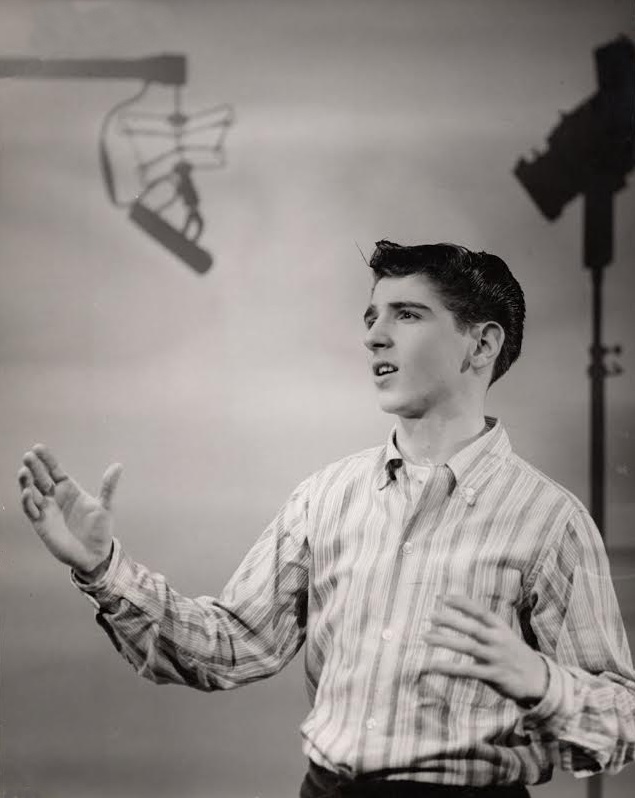
“Teen-Age Broken Heart” was delivered by McIntosh as a straight recitation with an arrangement typical of 1950s vocal groups and is somewhat reminiscent thematically of previous hits of the era such as “So Young” by the Students. The simple guitar and piano backing let McIntosh emote romantically with a very fine (but improperly credited) backing vocal from the future Little Boys Blue (who would land their own Nikko record the following year).
But what would have happened if their parents had told them that they were too young,
and that they must part?
Then they would be left with the scars of a teenage broken heart…
McIntosh’s youthfulness is apparent vocally, but that only helps add a real sense of genuineness to the cut. This was not where he saw his strength, however, and he had made it clear to Birch that he wanted to cut loose a bit. On the flip he got his chance.
The B-side rocker was co-penned by Red Coats leader Bob Edwards and it is the cut that most modern collectors turn to for their Marvello fix. “You’ve Got To Love Me Too” is a sub two-minute blaster with McIntosh buckled up for the wild ride.
We made a school sock hop just the other night
All the other chicks were there and doing it right
I asked you to dance where I can hold you near
But when I went to take your hand you’d gone and disappeared
Well I love you pretty baby morning, noon, and night
Don’t want to let you out of my sight
But if I’m gonna love you like I wanna do
Well, oh oh, doll you got to love me too
The cut features a wild sax solo with McIntosh sounding far more comfortable with a faster pace. The mix is loud and occasionally Bruce’s vocals get overpowered by the music, but given that this was recorded and mixed on the cheap it is a minor thing.
Certainly, what could never be found on the record was the sheer visual performance that would surely have excited a crowd of teens. The Red Coats were a veteran outfit with many top area gigs under their belt (most notably Joyland Casino) and by all accounts, McIntosh was a superb dancer. The loose-limbed Lexingtonian could drop into full splits one moment before springing back to his feet with ease the next. His signature move at dance competitions was a real show stopper and involved tossing a handkerchief onto the floor and then back bending until he could pick it up with his teeth!
Despite this potential, musical appearances by the group in support of the record were nearly non-existent. The Red Coats were hired hands at best and had higher money engagements already on the books over the holiday season.
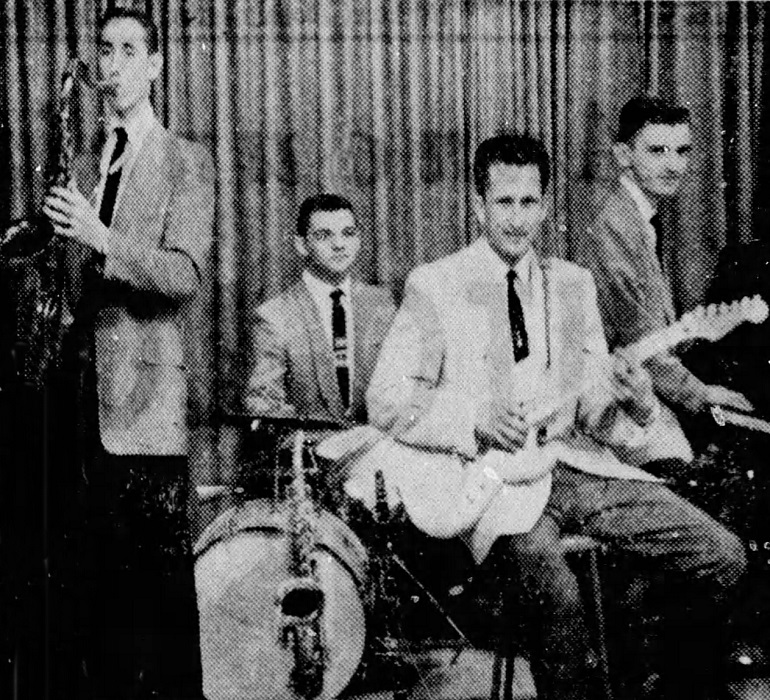
With the coffers drying up, Birch looked for any free promotions he could wrangle. Sporting a “no press is bad press” attitude, he was able to finagle a writeup in the Lexington Herald in early December 1959 for the record’s release. While the piece boasted a nice photo of the young singer it did little to spur sales with the article being primarily a flippant dismissal of the genre in general with the inevitable Fabian comparison.
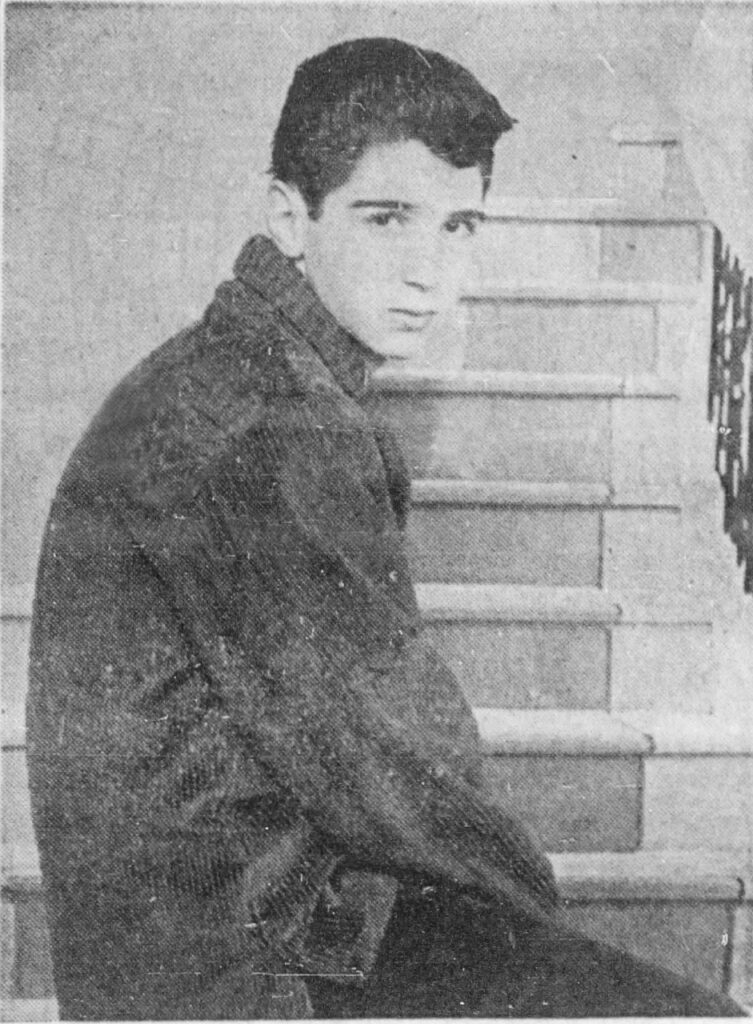
The piece did little to boost McIntosh’s spirits and more bad luck was just around the corner.
Most of the promotion arranged by Birch seemingly involved selling the ‘face’ of the record through personal appearances by McIntosh (alongside a stack of conveniently placed glossy 8 x 10 photos for signing), but In February 1960, Bruce had a minor fender bender while out with his best gal Rosalie. The two only suffered minor cuts and bruises, but the lacerations to Bruce’s nose and chin effectively ended any personal appearances for the time being.
Any subsequent hope Birch might have had for future work with McIntosh was gone in months due to the busy life of a young man with other ambitions. Bruce and one of his best pals Carl Morton hit the beaches of Fort Lauderdale, Florida, during the Spring Break of 1960. While working on their tans, the two mulled their futures and seriously discussed joining the Air Force under the Buddy Program once they returned to Lexington.
By Easter 1960 the duo had returned, but Bruce quickly shipped out on a Greyhound with Rosalie to Houston, Texas, for a summer vacation to visit her father. Here Bruce took a job selling cars at the GM lot where her father worked. By the time he ultimately made it back to Lexington, his days with Nikko had faded into the background.
Bruce never forgot the sunny beach talk of the Air Force and decided to go it alone with his enlistment in April of 1961. The slick promotional material shown at the recruiter’s office gave way to the harsh reality of military life. First stationed at Lackland AFB, McIntosh was shipped to much colder climes eventually hitting Newfoundland and Alaska. One bright spot during his enlistment was finding his voice again by singing in a men’s choir.
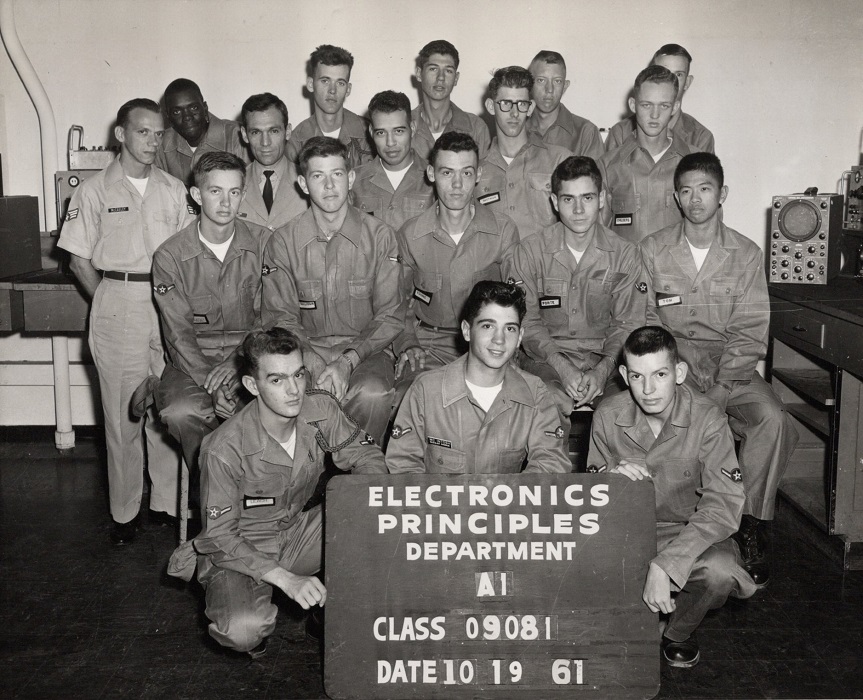
Four years passed and Bruce’s extremities eventually thawed, but it took Peggy Vance to melt his heart. In 1966, she became Mrs. George Bruce McIntosh and together they raised a family.
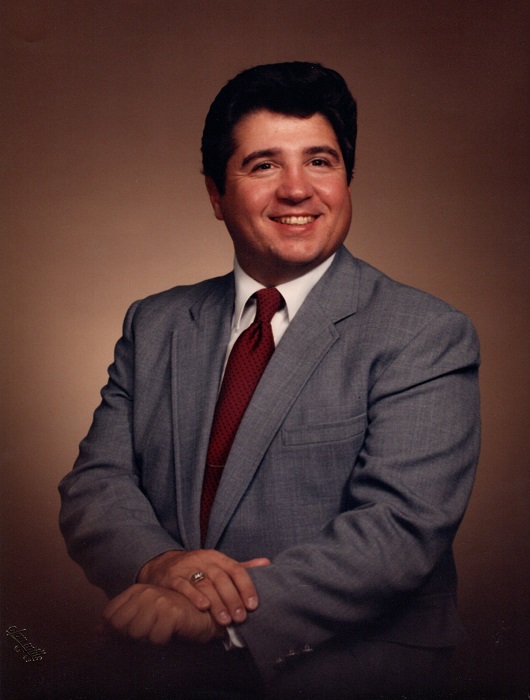
He spent the next several decades serving as a civilian employee for the military. He worked for the Blue Grass Army Depot starting in mid-1965 and later served a very brief stint in Vietnam. McIntosh ultimately departed Lexington for good in 1976 to accept a job at the Marine Corps Logistics Base in Albany, Georgia. Bruce had excelled in his electronics training during his time as an airman and his quick mind and attention to detail served him well during the next twenty years at the base. He retired in 1997 with his final position being in weapon logistics.
His Nikko rocker “You’ve Got to Love Me Too” was rediscovered by European collectors and the legendary Cees Klop included the track on his 1990 White Label LP “Rare Rockers From Small 1950s Labels, Vol 4”. More recently it was featured on a 2009 Flaming Piston CD release called “Kustom Rockers, Vol 2”. Likewise, “Teen-Age Broken Heart” can be found on a 2003 vocal group compilation called “Odds & Ends Vol 1”.
George Bruce McIntosh passed away at age 68 on January 22, 2010 from prostate cancer.
The songs of Bruce Marvello live on.
Discography:
Nikko 45-610 Teen-Age Broken Heart / You’ve Got To Love Me Too 1959
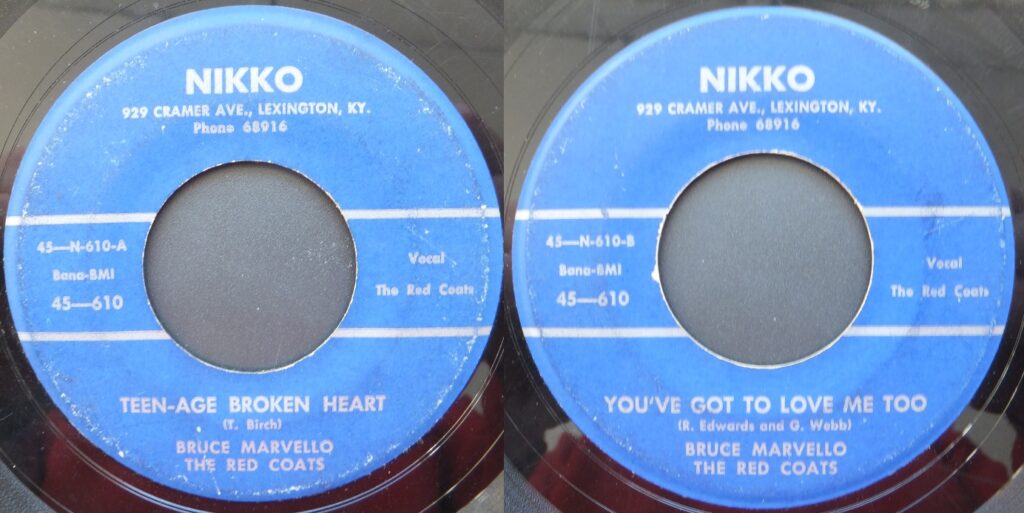
Great job on this article. I will continue to follow you. I have not been able to find that picture of Bruce and I but I did talk to Scotty. Thanks again, Rosalie
Thanks for sharing your memories, Rosalie. It was a big help. Shawn